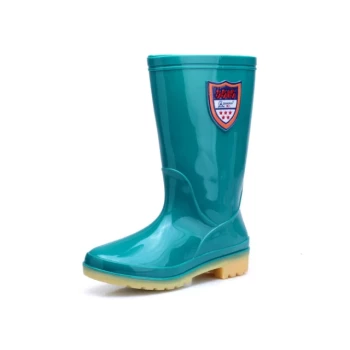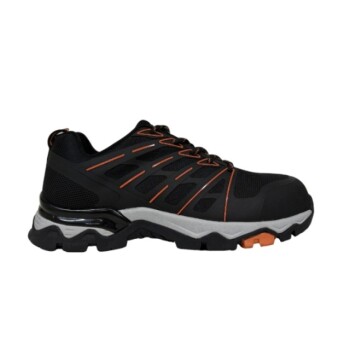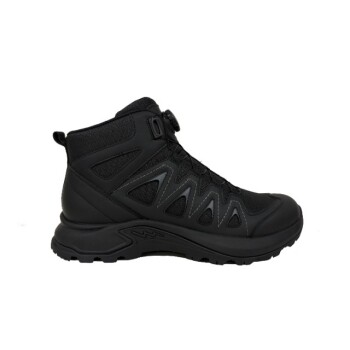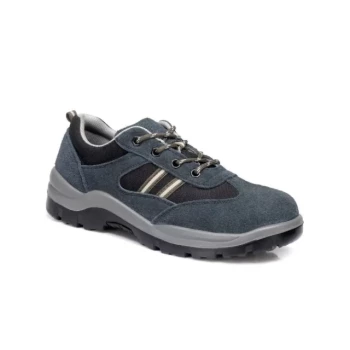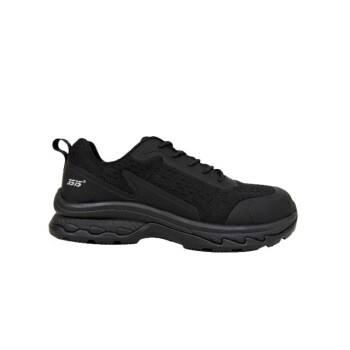At its core, Cordura fabric's evolution is a story of material science innovation. Originally developed by DuPont in 1929 as a type of rayon, it was first used in military tires during World War II. Its most significant transformation occurred in the mid-1960s when it was re-engineered as a nylon-based fabric, which dramatically increased its strength and set the stage for its modern reputation.
The key to Cordura's journey was its shift from a basic industrial rayon to a highly durable, specialized nylon. This change, followed by advancements in dyeing that opened it up to consumer markets, cemented its status as a benchmark for toughness in gear and apparel.
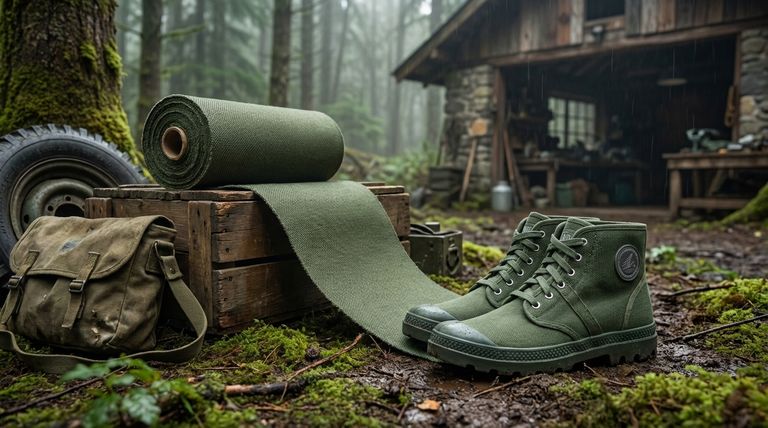
The Origins: From Rayon to War Effort
DuPont's 1929 Invention
Cordura was first created by DuPont as a form of rayon. This early version was valued for its strength relative to other materials of the era.
A Critical Role in World War II
The fabric's initial application was industrial. During WWII, its durability was leveraged for use in the tires of military vehicles, establishing its early association with ruggedness and reliability under harsh conditions.
The Nylon Revolution: Redefining Durability
The Mid-1960s Transformation
The most pivotal moment in Cordura's history was its reinvention as a nylon product. This move to a nylon base drastically enhanced its abrasion and tear resistance, making it far more robust than its rayon predecessor.
The Dyeing Breakthrough of 1977
For years, the rugged nylon fabric was difficult to dye, limiting its use to industrial or military applications where color was not a priority. A breakthrough in dyeing technology in 1977 changed everything, allowing the fabric to be produced in various colors.
Dominance in Consumer Markets
This ability to dye the fabric opened the door to consumer products. Soft-sided luggage was one of the first major applications, and by the late 1970s and early 1980s, Cordura-based bags had captured over 40% of the market. This success paved the way for its use in backpacks, footwear, and apparel.
What Makes Modern Cordura a Benchmark?
Exceptional Abrasion and Tear Resistance
Modern Cordura is defined by its high-tensile strength fibers. It is engineered to withstand long-term wear and is significantly more durable than other common fabrics—up to three times more durable than standard polyester and twice as durable as standard nylon.
Resistance to the Elements
Beyond its physical toughness, the fabric is highly resistant to environmental factors. It is water-repellent and resistant to damage from UV fading, mold, and mildew, making it ideal for outdoor and performance gear.
A Balance of Strength and Weight
Despite its incredible strength, Cordura remains relatively lightweight and flexible. This combination allows for the creation of heavy-duty products that are not excessively bulky or uncomfortable, from military gear to stylish footwear.
Common Misconceptions to Avoid
Not All Cordura Is the Same
Cordura is a brand, not a single fabric. It is available in a wide range of weights, textures, and constructions, each tailored for a different purpose. The Cordura in a lightweight daypack is different from the heavy-duty version used in military plate carriers.
Durability vs. Other Metrics
While Cordura excels in abrasion resistance, other fabrics might surpass it in specific metrics like stretch, breathability, or weight. Its primary value proposition has always been its unparalleled toughness and longevity.
Making the Right Choice for Your Goal
The story of Cordura's evolution highlights its core strength: durability.
- If your primary focus is extreme durability for gear (military, heavy-duty packs): Cordura's military-grade toughness and proven abrasion resistance make it the definitive choice.
- If your primary focus is long-lasting travel and everyday bags: Its resistance to wear, tearing, and mildew ensures your product will endure years of use.
- If your primary focus is performance apparel and footwear: Its unique balance of lightweight strength provides robust protection without sacrificing comfort.
Through decades of innovation, Cordura evolved from a functional component into a brand synonymous with rugged reliability.
Summary Table:
| Era | Key Innovation | Primary Application |
|---|---|---|
| 1929-1940s | Rayon-based fabric | Military vehicle tires |
| Mid-1960s | Shift to nylon | Enhanced abrasion resistance |
| 1977 | Dyeing breakthrough | Consumer soft-sided luggage |
| Modern Day | Specialized variants | Apparel, footwear, heavy-duty gear |
Need a reliable manufacturing partner for durable footwear and gear?
As a large-scale manufacturer, 3515 produces a comprehensive range of footwear for distributors, brand owners, and bulk clients. Our production capabilities encompass all types of shoes and boots, including those using high-performance materials like Cordura fabric. We help you deliver products that combine toughness, comfort, and style.
Contact us today to discuss your production needs!
Visual Guide

Related Products
- Factory-Direct Wholesale Canvas Boots with High-Traction Rubber Soles
- Safety Footwear Wholesale Manufacturer for Custom OEM/ODM Production
- Factory Direct Wholesale Rain Boots Durable Waterproof & Fully Customizable
- Durable Leather Work Boots for Wholesale & Custom Manufacturing
- Durable Leather Work Boots for Wholesale & Custom OEM Manufacturing
People Also Ask
- Why is rubber a popular material for shoe soles? Unbeatable Grip, Durability & Value
- Why is rubber commonly used for non-slip soles? The Science of Superior Grip
- What types of work environments are hiker-style rubber outsoles best for? Ideal for Outdoor & Industrial Safety
- What factors determine the slip resistance of rubber-soled shoes? Tread, Compound & Design Explained
- How can footwear sole technology be upgraded to prevent entrapment risks? Engineering Safe, Anti-Snap Designs


